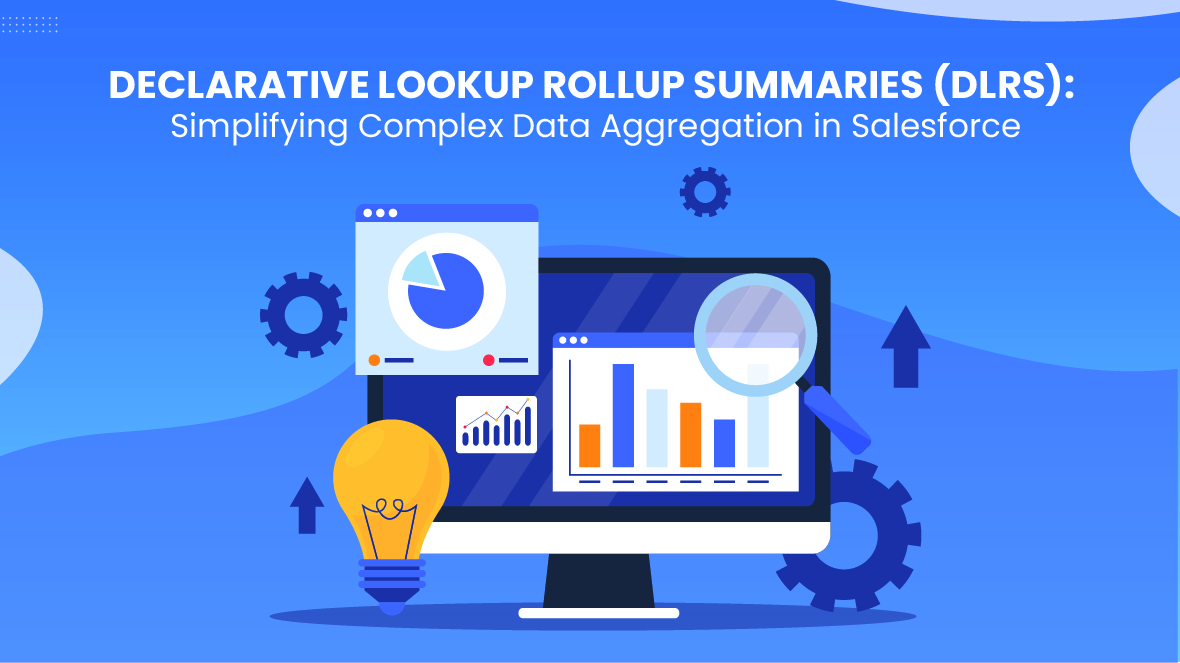In the dynamic world of Salesforce CRM (Customer Relationship Management), managing and analyzing data effectively is crucial for driving business success. One powerful tool that Salesforce administrators and developers often turn to is Declarative Lookup Rollup Summaries (DLRS). DLRS is a managed package on the Salesforce AppExchange that empowers users to perform complex calculations and aggregations across related records, all through point-and-click configuration rather than code.
Understanding DLRS: What It Does and How It Works
DLRS enhances Salesforce’s native functionalities by providing a straightforward method to aggregate data from child records to parent records via lookup relationships. This means that administrators can define rollup summaries—such as sums, counts, averages, or maximum/minimum values—on parent records based on the values of related child records.
Key Features and Benefits:
1. Point-and-Click Configuration: DLRS allows administrators to configure rollup summaries through the Salesforce Setup menu, making it accessible without the need for complex Apex code.
2. Flexible Aggregation: Users can define multiple rollup summaries on a single parent object, aggregating different fields and criteria as needed.
3. Real-time or Scheduled Updates: DLRS supports both real-time updates triggered by record changes and scheduled calculations, ensuring data accuracy and freshness.
4. Support for Custom Objects: It works seamlessly with both standard and custom Salesforce objects, accommodating diverse business needs.
Practical Applications in Salesforce
Sales Pipeline Management: DLRS can aggregate the total value of opportunities associated with an account, providing a comprehensive view of the sales pipeline without manual calculations.
Service Level Agreements (SLAs): Calculating average response times or resolution times across cases linked to an account or customer helps in monitoring SLA compliance.
Financial Reporting: Summarizing transaction amounts from related invoices or payments into an account or opportunity provides insights into revenue trends.
Implementation Considerations
- Data Volume: While DLRS efficiently handles moderate data volumes, large-scale implementations may require careful consideration of performance implications and batch processing options.
- Security and Sharing: Administrators should ensure that users have appropriate access to view and modify records involved in rollup summaries based on Salesforce sharing rules.
Conclusion
Declarative Lookup Rollup Summaries (DLRS) is a powerful tool for Salesforce administrators looking to streamline data aggregation and reporting without writing custom code. By leveraging DLRS, organizations can enhance their Salesforce CRM capabilities, gain deeper insights from their data, and drive informed decision-making across all levels of the business.


